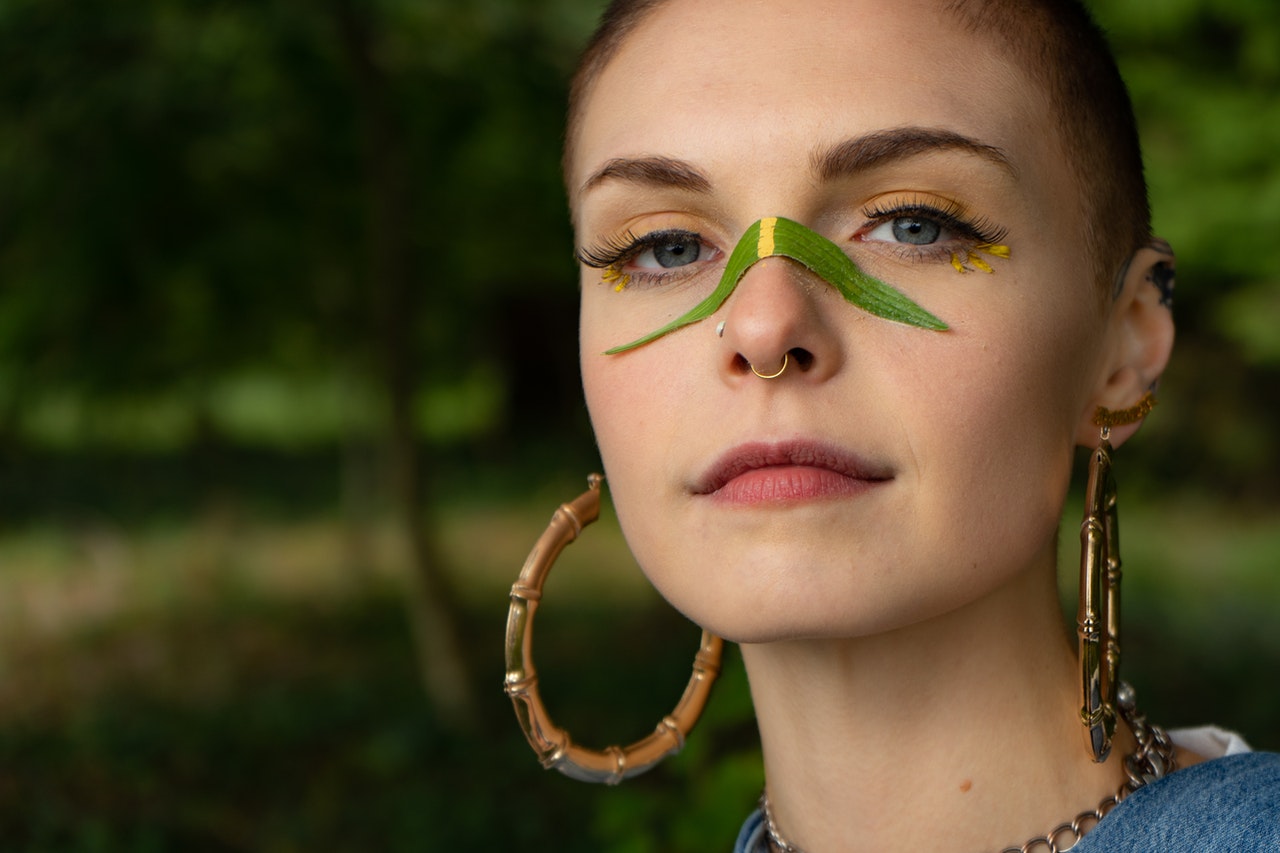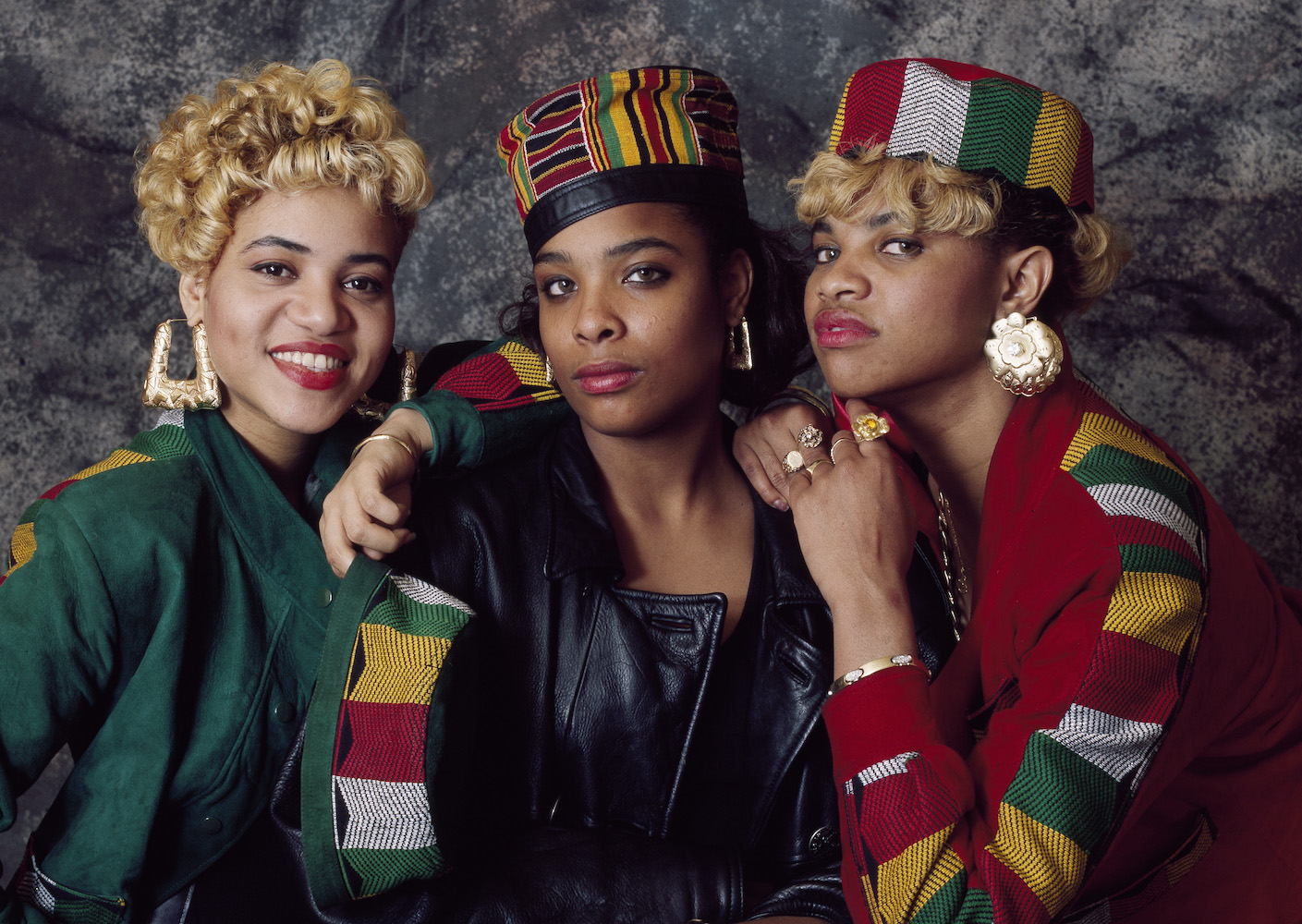It seems as if bamboo earrings have been a staple in Black culture ever since LL Cool J proclaimed that he wanted a girl with “extensions in her hair, bamboo earrings, at least two pair” in his 1990 hit, Around The Way Girl. But have you ever stopped to wonder where the fashion statement originated or how it became so popular?
Here's a brief history lesson on the beloved bamboo earring and its cultural significance.
Let's take it all the way back to fourth-century Africa: the birthplace of the hoop earring.
Around 2500 B.C.E, the Nubia civilization, located in what is now present-day Northern Sudan, was the first to rock the hoop earring. It was afterward adopted by the ancient Egyptians. Men, women, kings, and queens alike, adorned the fashion statement, and according to author and associate curator of Egyptian art at the Brooklyn Museum, Yekaterina Barbash, the “earrings were seen as something that enhanced one’s beauty and sexuality.”
Unfortunately, the definition of beauty started to reshape in the 1600 B.C. era, which caused a dramatic decline in the adornment of ear jewelry; leaving room for the rise of elaborate hairstyles and other jewelry forms. We would not see the resurgence of hoop earrings until the Black Power and Women’s Rights movements of the 1960s and ’70s, with figures like Josephine Baker and Angela Davis.
Introducing the bamboo earring.
It was in the 1980s that we saw the first renditions of the bold, statement-making, door-knocker earring that we've come to know as bamboos. They were sold in beauty supply stores in urban areas across America for just a few dollars and became an instant favorite amongst women of color. The bamboo earring wouldn’t see mass popularization until Black female artists like Salt-N-Pepa, MC Lyte, and Roxanne Shante brought the style into mainstream media while rocking them in everything from music videos to photoshoots and red carpets.
LL Cool J, of course, added his infamous stamp of approval in 1990.
Since then, the bamboo earring has evolved into a multitude of styles — from heart-shaped to hollowed triangles. Some even include jewels or custom name plating. Regardless of the style, the bamboo earring has remained a prominent jewelry staple for good reason. It represents a powerful symbol of ancient African civilization, with deep-rooted connections to Hip Hop culture and music. For many women of color who sport it, it also serves as a symbol of resistance.
The power this accessory has.
For years, bamboo and oversized hoop earrings, have been ridiculed as “gaudy” or “ghetto” by those outside of Black and Latinx culture. Proudly wearing them out and about has largely become an act of activism to the average woman of color. They were hardly seen as an acceptable fashion accessory by mainstream America, that is until they could find a way to co-opt and capitalize on it.

Photo by Kevin Bidwell from Pexels
Non-Black celebrities like Taylor Swift and Kim Kardashian, high fashion brands like Givenchy, and even fictional characters like Sex And The City’s Carrie Bradshaw have all taken their swing at appropriating the style. In 2016, Urban Outfitters was called out for selling bamboo earrings at their stores for $16 — roughly four times more than what they'd retail for at your local beauty supply store.
But no matter how many times the bamboo earring is sent back and forth across the lines of being appropriated to being ridiculed, it's imperative that we always remember who did it first.
The Bamboo earring will always belong to Black culture.
The Bamboo earring will always belong to Black Women.
The Bamboo earring will always belong to us.
